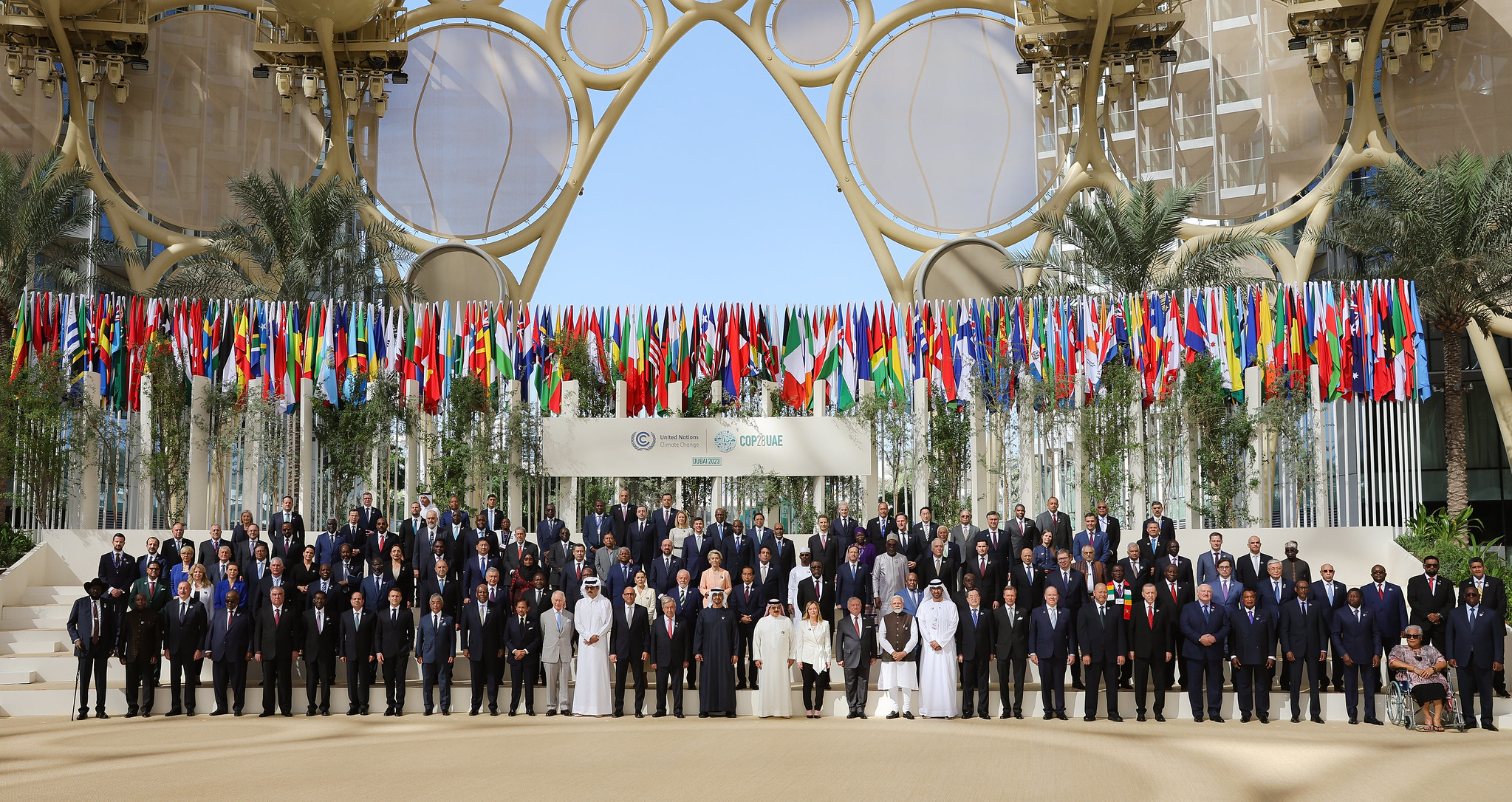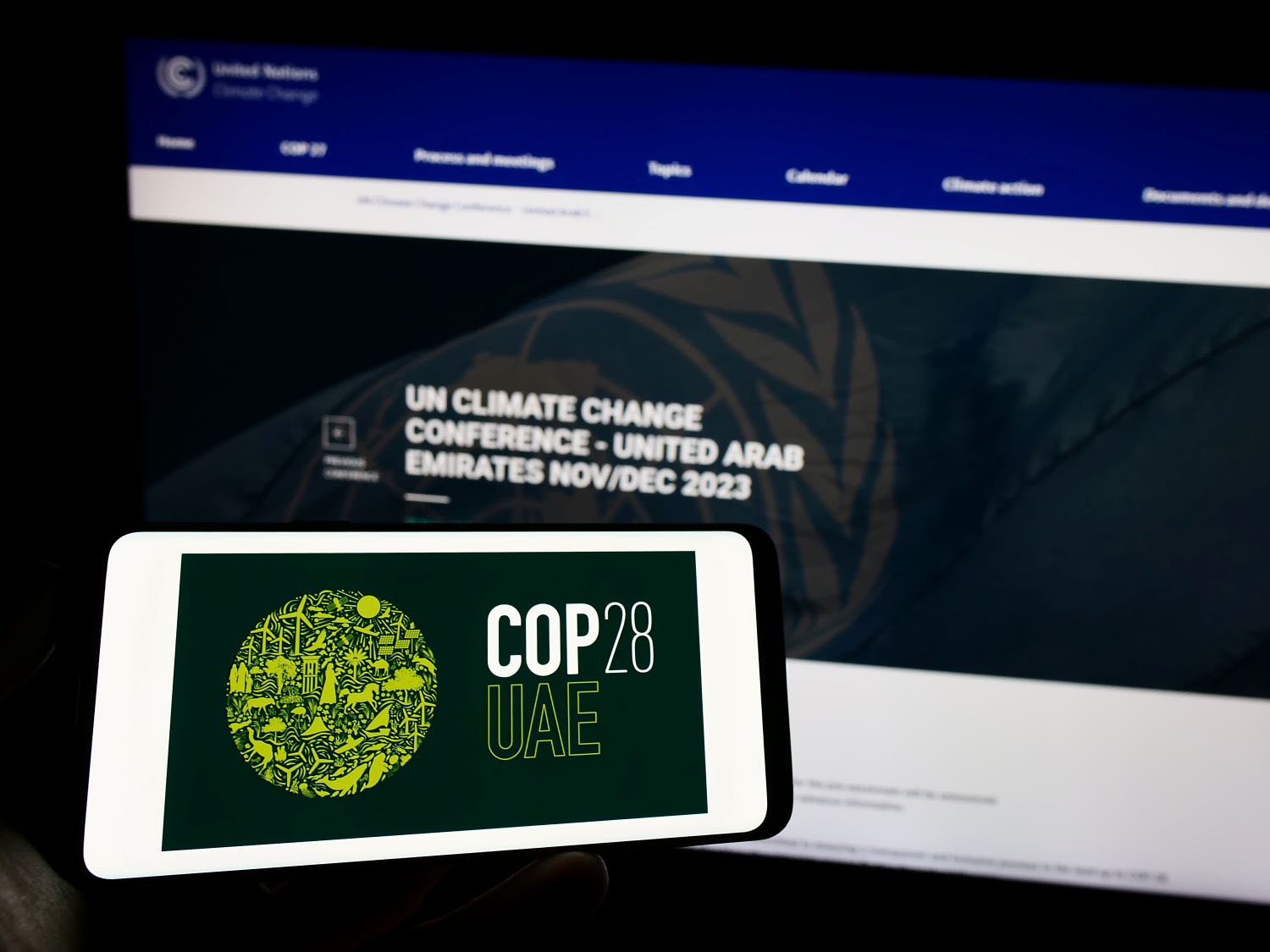I’m in full agreement with Todd that it’s great the Obama administration is focusing on energy in Africa (or at least, telling Ex-Im and OPIC to focus on energy in Africa). Todd spent a good deal of time in 2012–13 encouraging White House to make the issue a signature US foreign policy concern, blogging about it here and here, and supporting the ONE Campaign’s efforts to make it happen, so kudos to him, too. But Todd begins his post by noting his previous frustration with the White House for dropping the ball on Africa policy. My concern with this latest initiative is the reverse—too many balls.
Which is to say: One big part of the energy challenge in Africa is to reach beyond the grid, and to its credit USAID (through DIV) is already supporting a range of approaches that might help overcome rural energy poverty including micro-grids, battery rental, new battery design, pay-as-you-go energy models, and Solar Sister which is setting up a network of 3,000 women entrepreneurs to sell solar lights and mobile chargers across East Africa.
But the off-grid energy innovation the president took time to demonstrate on his Africa trip was none of these ideas, all of which are being rigorously evaluated as a key part of the DIV model. Instead, it was the unevaluated Soccket, a soccer ball housing a small kinetic generator that charges a lamp, which got the photo-op and the White House twitter feed love. Justin Sandefur and I discuss the Soccket in our Foreign Policy article on Silicon Valley and global poverty. It’s a neat piece of tech, and kudos to the Harvard students who designed it, but it is a very expensive and inefficient way to deliver light to off-grid households. Bill Easterly has more on the Soccket, including a response from its designers, here, see also this from the blog Staying for Tea.
To the outsider, having the president spend time kicking around the Sockket rather than highlighting more serious responses to the problem of energy poverty—some already being financed by USAID—is a bad sign. It might suggest the White House is not serious about the energy initiative as a whole. Power Africa is small as a percentage of both African energy investment needs and US foreign investment support capacities after all—the $5 billion over five year Ex-Im commitment is two-thirds of the initiative on its own but only about 3 percent of Ex-Im authorizations. So maybe all that matters to the administration is the feel-good photo-op. Or, perhaps even worse, could it be that the White House is so disengaged from USAID that it might really think the Soccket is a scalable solution to Africa’s energy challenges? I hope more experienced political hands have a third interpretation.
CGD blog posts reflect the views of the authors, drawing on prior research and experience in their areas of expertise.
CGD is a nonpartisan, independent organization and does not take institutional positions.





